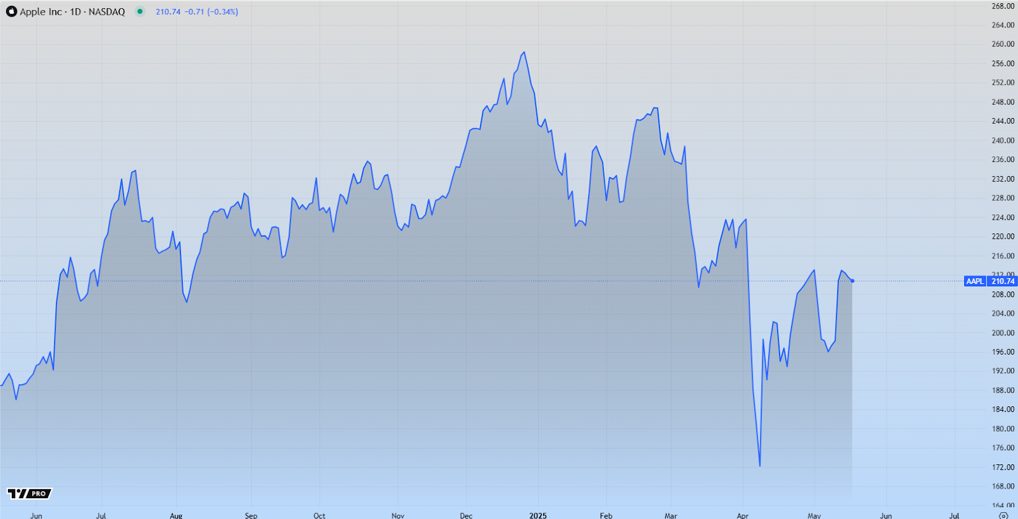Imagine if you could operate every device in your home with a simple voice command. Everything, from lights, clocks, door locks, windows, window blinds, and not just your smartphones. This is exactly what smart home technology promises to do.
Smart home technology, also known as house/home automation or domestics, derived from the Latin domus, which means home, is a collective term for a range of devices and appliances which can be connected to a common network over the internet that can be independently or remotely controlled. These devices are either built into the structure itself or added later and are operated by the residents with voice commands or AI (artificial intelligence). If the last decade was about smartphones, this decade seems to be the age of the smart home.

While each smart home device comes with a host of benefits, the purpose of every device is the same: to make life easier, safer and more convenient. In this article, are presented some of the best smart home devices for this year, which are designed to make your life “smarter”:
1. Smart Lighting
The primary benefits of smart lighting accrue in the increased power savings and the different light modes. These lighting options come in the form of smart bulbs, which are connected to the home Wi-fi network which can be controlled by your smartphone. They come with brightness sensors and color- changing options as well, and be controlled through voice commands via Alexa and Google Assistant.
The best options here include Philips Hue and Philips Lux, which are priced between Rs. 6000- 12000.

2. Smart speakers
Smart speakers are essentially wireless speakers with integrated voice assistants. These speakers, once connected to the internet can be controlled by a smartphone and can be used for listening to music over the internet.

3. Smart security
Smart security systems combine devices like motion sensors, contact sensors and camera, to provide all-around security to the house. These devices can send and receive alerts whenever specific actions are performed, such as when a door or a window is opened or closed. The more advanced systems also allow the homeowner to set up motion zones so that any motion in these zones will send immediate alerts to the homeowners with a short video attached.

4. Smart Locks
The primary function of these locks is to monitor entries and exits. Some models also allow the homeowner to use their phones to open their homes to others, such as friends, relatives or maintenance staff. The latest models offer more advanced features like voice activation, geo-fencing, tamper alarms and auto-locking. They can be integrated with other home devices and voice assistants like Alexa, Google Assistant to provide more functionality, for example, automatically unlocking the doors if the smoke alarm is triggered.
A few door locks also offer Bluetooth connectivity, so that the door can be unlocked when the owner is nearby.

5. Smart TV
The difference between a traditional TV and a smart TV is that the latter allows for the TV to be connected to a range of internet-connected services, something which the former cannot. They can be used audio and/or video streaming, web browsing, games and live TV over the Internet Protocol Television or the IPTV. These TVs use a system called the DLNA which lets the user to stream media from laptops/ phones/ computers to the TV. This ensures that the user can access his content on the television itself instead of having to copy it on to a USB stick before.
Smart TVs can be controlled through smartphones, however, some motion-remotes also enable the user to point at objects on the screen. This becomes useful while navigating web-pages.

6. Smart climate control
Smart climate control systems learn the habits of the homeowner, adapt to their schedules and control the climate within the home automatically. They come with features designed to heat or cool more efficiently, ensuring time and energy savings in the long run. These systems include fans, thermostats, air-conditioners etc. They can predict if it is too hot/cold, when the occupant has entered/ left the room. The more advanced models can also act as morning alarms and also come with geo-fencing technology. They can monitor and control everything: from temperature and humidity to noise and pollution levels.

7. Smart cleaning systems
Smart robot vacuum cleaners can keep floors clean with minimal effort on the part of the user. They can be controlled through the homeowner’s smartphone. These come with various modes and accessories, which can be used according to the needs and convenience of the user. The more advanced models also include features like virtual walls, which can be used to block away areas which do not need to be cleaned.

8. Smart Home Hubs
The primary function of these hubs is to integrate all the smart devices, from bulbs to air-conditioners. They can also act as a universal remote to control all the other devices and can even schedule events, such as switching on the lightbulbs or the water-heater before the owner returns home from work.

All in all, these devices promise to make life easier; imagine having to return home from work and not having to search for the keys to your home lock, the lights on, your favorite song playing in the background, and the water ready for your bath. A smart home promises to do this, and even more!




